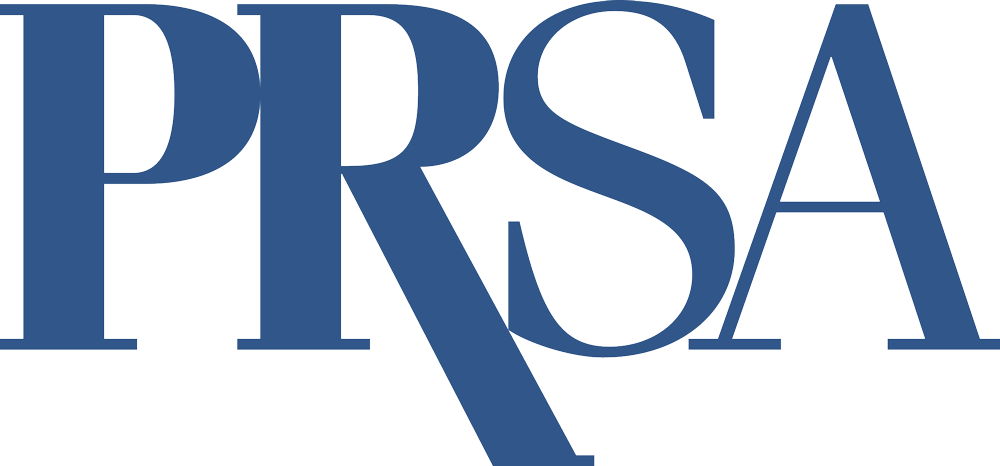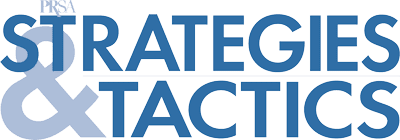Why Storytelling Is Your Most Powerful Tool
By Monique Farmer, APR
October 2025
Let’s face it — public health communication isn’t a walk in the park. You’re balancing strategy, data, accuracy and urgency, all while trying to reach real people whose lives are shaped by the stories they hear and trust.
In a recent webinar, I had the pleasure of hosting for the ASTHO (Association of State and Territorial Health Officials) community; we went deep into how storytelling — done right — is the heartbeat of effective public health communication.
Here’s a full rundown of what we covered, the insights that stuck and what you can take with you into your next big messaging moment.
1. Start with story; stay with strategy.
We kicked off by anchoring in this truth: Storytelling isn’t fluff. It’s a strategy.
Whether you’re trying to increase vaccine uptake, explain a health policy or raise awareness about a hidden crisis — if your message doesn’t connect, it won’t convert. Stories help us do that. They activate oxytocin, that powerful trust hormone, and create emotional bonds with the audience.
Think about your favorite sermon, movie or TED Talk — what made it stick? It wasn’t a data dump. It was the human element.
2. Understand the new media landscape.
The way Americans consume news today is drastically different than a decade ago:
- 58% of Americans prefer digital platforms over traditional TV.
- 85% still value local news, but they expect to see it online.
This shift means that communicators must become fluent in digital dissemination. You’re not just writing a press release — you’re creating content that lives across Instagram, Nextdoor, Facebook and digital newsletters. Think “news you can use” delivered in scroll-stopping formats.
3. Your audience isn’t a monolith.
Our public health landscape is vast and diverse. In our breakout rooms during the webinar, attendees shared everything from rural emergency preparedness to substance abuse prevention in youth.
Still, a common thread emerged: Your personal “why” matters as much as the data.
Here’s how one participant put it: “I saw firsthand the pain addiction caused while working in a hospital. I knew there had to be a better way. That’s why I pivoted to prevention.”
That’s not just a job description — that’s a mission statement. And it makes a world of difference when it comes to reaching your audience.
4. Craft the message with the human in mind.
When preparing a message, especially for media, start with these three story points:
- What do you do?
- Who do you serve?
- Why does it matter?
This structure builds authenticity. It also translates beautifully across platforms — whether you’re pitching a reporter, prepping a press release, or sharing an update on social media.
Pro tip: If your message isn’t resonating, then rework it using these questions. Then read it out loud. Would your grandmother understand it? Would your neighbor care? If not, then revise.
5. Use news values to gain visibility.
Journalists are people too. And like us, they’re looking for stories that matter. To cut through the noise, your pitch should include:
- Timeliness — Is it happening now?
- Proximity — Does it impact the local community?
- Human interest — Are real people affected?
- Impact — What’s at stake?
- Oddity or Conflict — Is it surprising? Is there tension?
The more news values your story has, the more likely it is to earn coverage.
6. Make a friend before you need one.
One theme I stressed throughout: Don’t just reach out to reporters when there’s a crisis. Build those relationships now. Comment on their stories. Follow them on social media. Get to know their beat.
Because when it’s time to get your message out fast — during a flood, a heatwave or a disease outbreak — you’ll want a trusted line of communication already open.
7. Emphasize internal alignment.
Especially in public health, it’s vital that messaging is consistent across agencies and spokespeople. We talked about the value of JICs (Joint Information Centers) and creating shared goals and approved talking points.
Here’s the big takeaway: Confusion spreads faster than truth. So, build internal collaboration muscle before the next emergency.
8. Think digital-first, always.
Traditional news still matters, but your audience is likely to see your story first on a screen — their screen. So, think mobile, think shareable and think visually.
A story posted on the Nextdoor app could end up on the 6 p.m. news and then recirculated via Twitter, email and podcasts. The ripple effect of digital storytelling is real — and it’s powerful.
9. Practice makes ‘powerful.’
In our session, participants drafted their own story pitch using the workbook. Here’s one memorable example: “I coordinate emergency preparedness workshops for older adults in rural areas. I do this because my grandmother lived in a flood-prone community — and I know how hard it was to keep her safe.”
Simple. Impactful. Human. And that’s the point.
Reclaim the narrative
The news will go on — with or without us. The question is: Will your voice be in it? Will your programs, your teams and your communities be part of the stories people hear?
Public health communicators have an enormous responsibility — and an even bigger opportunity — to tell stories that heal, inform and activate change.
So, pick up your pen, tap the mic, log in and tell your story. Because someone needs to hear it.



